Viruses are usually considered detrimental in an orchard, but Bill Howell, manager of a national virus-testing program in Prosser, Washington, has been doing research to find out if viruses could be put to good use in tree fruit production. “Virologists are always thinking the only good virus is a dead virus,” Howell said when reporting on his project to the Washington Tree Fruit Research Commission, which helped fund it.
Yataka is an early-maturing strain of Fuji that was considered promising when it was first introduced. It was discovered as a branch mutation of Fuji in the 1980s. Undocumented material was tested in eastern Washington, where the variety was reported to ripen one to two weeks ahead of other Fuji strains. However, growers reported it did not color well. Howell wondered if tissue grafts from virus-infected Yataka might induce early ripening in BC-2 Fuji trees.
In his trial, trees inoculated with the virus-infected Yataka tissue were compared with trees inoculated with standard latent viruses (apple stem pitting, apple stem grooving, and apple chlorotic leaf spot) and trees affected by apple green crinkle virus. Viruses in Yataka appeared to slightly advance accumulation of soluble solids and starch conversion in fruit on the BC-2 trees, though the results were not statistically significant. There were no differences in weight, shape, or pressure of the fruit.
Howell concluded that the significant differences in maturity observed by orchardists between Yataka and other Fuji strains were probably not due to the viruses and it was probably a clone of Fuji that ripened early. He thought that if the viruses were removed, it would still be early. Howell also looked at how viruses affect tree vigor, with the idea that they might be used to control vegetative growth on overly vigorous trees.
Tree vigor
The trials showed that apple stem grooving and apple stem pitting viruses were the best candidates for reducing vigor. They reduced tree circumference over the course of three growing seasons by 9 percent. Apple chlorotic leaf spot virus showed no significant reduction. The greatest reduction in vigor was in trees inoculated with tissue from a green-crinkle-diseased tree.
Trunk growth was reduced by 28 percent, but the virus also had a dramatic effect on fruit quality, and should not be considered a viable tool for reducing vigor in apple trees, Howell said. Inoculation with the apple stem grooving virus not only reduced tree vigor, but impacted the tree’s productivity and fruit size.
The virus did not negatively affect fruit pressure, soluble solids, or shape. Although apple stem pitting virus did not have these negative effects, virus studies in Golden Delicious trees showed that some apple stem pitting virus infections are associated with the apple green crinkle virus, which can be a severe disease of Golden Delicious and Granny Smith.
While most other common viruses don’t show obvious symptoms, green crinkle virus is evident from poor tree vigor and much smaller fruit.Infected Fuji trees tend to have more russeting and marking of the fruit, and leaf scorch. Howell said he wonders if the virus affects the root system, preventing the tree from pulling up enough water from the soil. The disease has been found in Washington since Granny Smith was introduced into the country, Howell said, but the causes are not known.
He and virologist Dr. Ken Eastwell are still working to identify the causes. Trees tend to have many viruses in them, and it’s difficult to sort them out, he said. Green crinkle is more severe some years than others, and affects some varieties more than others. Gala and Golden Delicious are susceptible, he said. In Granny Smith, symptoms are not nearly as severe.

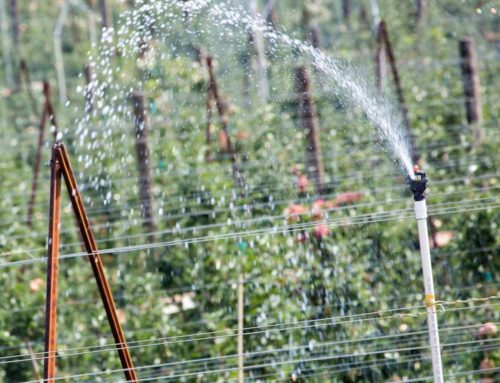
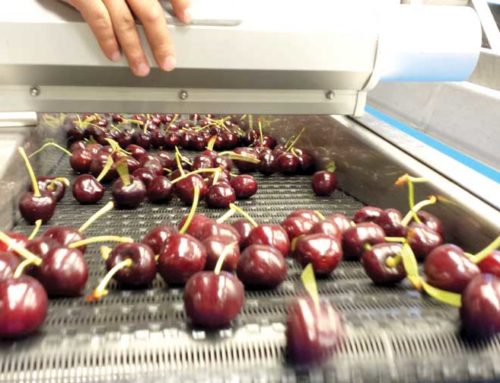
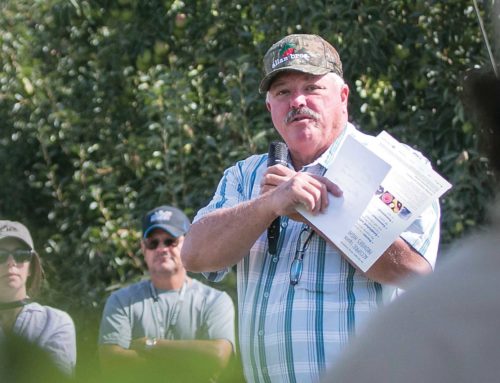
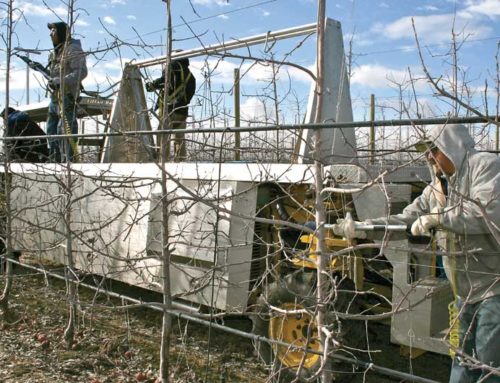
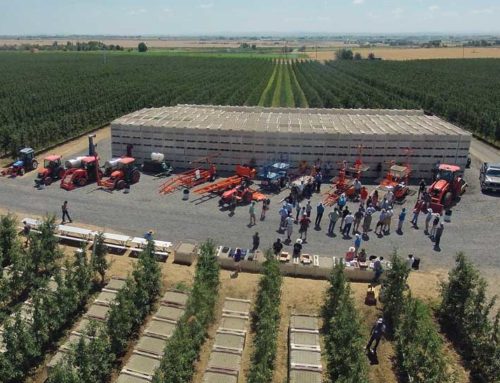
Leave A Comment